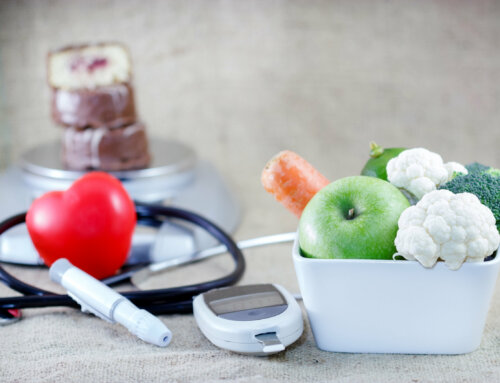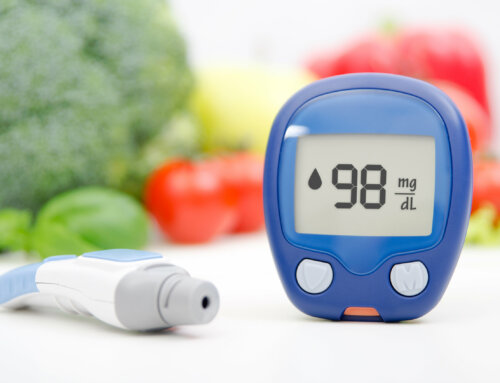Creamy macaroni and cheese. Piping hot pizza. Warm chocolate chip cookies. Crunchy potato chips. Mmmmmm.
Now don’t go salivating, even though these are some of our favorite comfort foods. Although tasty and welcoming, these foods can cause high blood sugar, moodiness and fatigue, and can become an issue if we use these foods as a replacement for comfort.
The fact is: we relate food with the aims of pleasure, nurturance and energy, and hopefully not shame, punishment, or physical illness. The success lies in making the connection about getting the right amount as opposed to too little or too much.
Unfortunately, sometimes we attempt to hide or improve our feelings of loneliness, boredom, anger or disappointment with food, rather than through friendship, conversation, problem solving or fruitful activity. Take a moment and consider the similarities of healthy guidelines for good relationships with people and food: anticipation and enjoyment, planning ahead, boundaries (can you say portion control?), balance and full consciousness (i.e. savoring both friendships and food).
While I have your ear, may I share a few time-tested behavior modification principles for food? They are the same behavior principles followed for emotions and/or exercise:
Monitoring or Mindfulness
Observe and know your patterns by creating a diary of what precedes and follows your eating habits. Slow down and enjoy your portion controlled life.
Stimulus Control
Program your cues to eat or exercise consciously. Leave exercise clothes visible or in your car as a cue to exercise. Respond to the stimulation of food commercials on TV by dancing rather than going to the refrigerator. Take different routes to avoid food stores that seem to call out your name.
Contingency Management
Plan ahead to have non-food rewards for changing behavior. For example: a relaxing bath after testing blood sugar and/or beginning exercise. Reward new health-maximizing behaviors by relaxing in front of the TV or requesting a back rub from a loved one.
Cognitive Behavioral Strategies
Learn to talk to yourself and think differently. Visualize yourself smiling and sweating after exercise with normal blood sugars. Talk yourself into exercising for 15 minutes—rather than not at all (Get rid of all or nothing thinking). Think about the pleasures of the right amount of food, resulting in joy, rather than guilt or raised blood sugars.
Stress Management
“Stuff happens.” Know this, plan for your healthy responses, and learn new communication strategies. Bring an apple with you for the ride home after a long day. Have a salad before going out to dinner so you are not anxious or starving. Practice saying “No thank you. I love your hospitality (but not the second helping).” Get support. Spend time talking to friends, family, or a therapist so you can have emotional satisfaction and comfort instead of using food as a substitute.
It is important to find true peace, relaxation, and mood elevation through means other than food to avoid the “side effect” of guilt remorse, weight gain or high blood sugar.
BON APPETITE FOR JUST ENOUGH FOOD AND LOTS MORE LOVE, COMFORT AND HAPPINESS






Leave A Comment